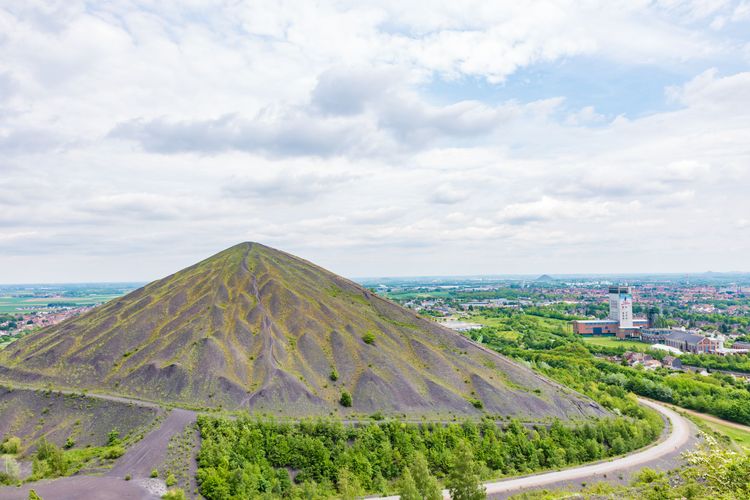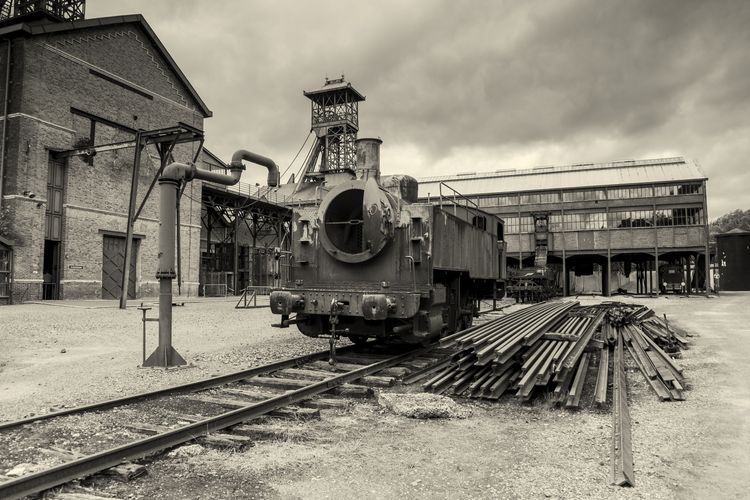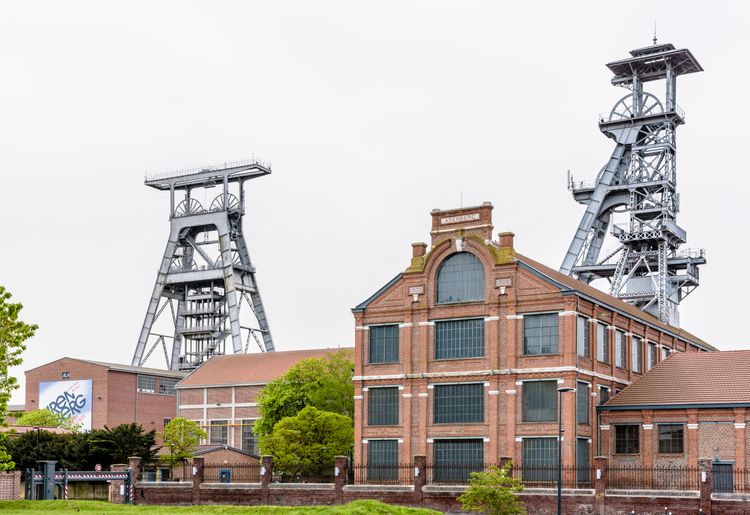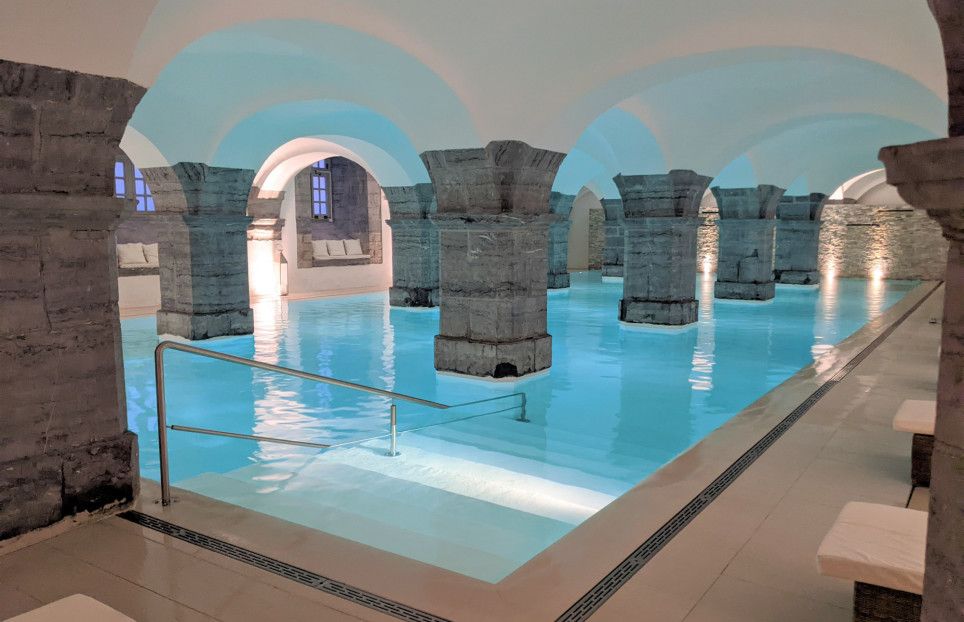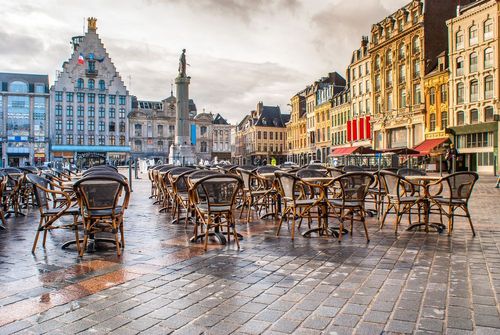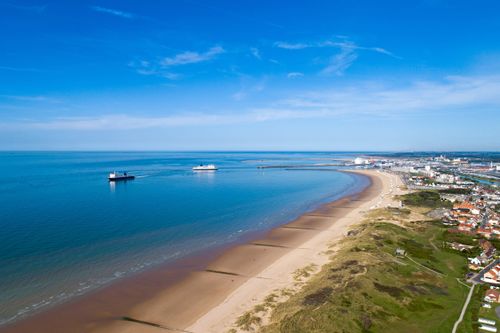Visible from dozens of kilometres away, the slag heaps are the greatest curiosity of the Hauts-de-France coalfield. These artificial hills created by the accumulation of mine tailings are the only visible trace of coal extraction. These funny little mountains are made up mainly of shale and sandstone deposits. Their walls are sometimes covered with vegetation and trees, sometimes smooth and black like a volcano.
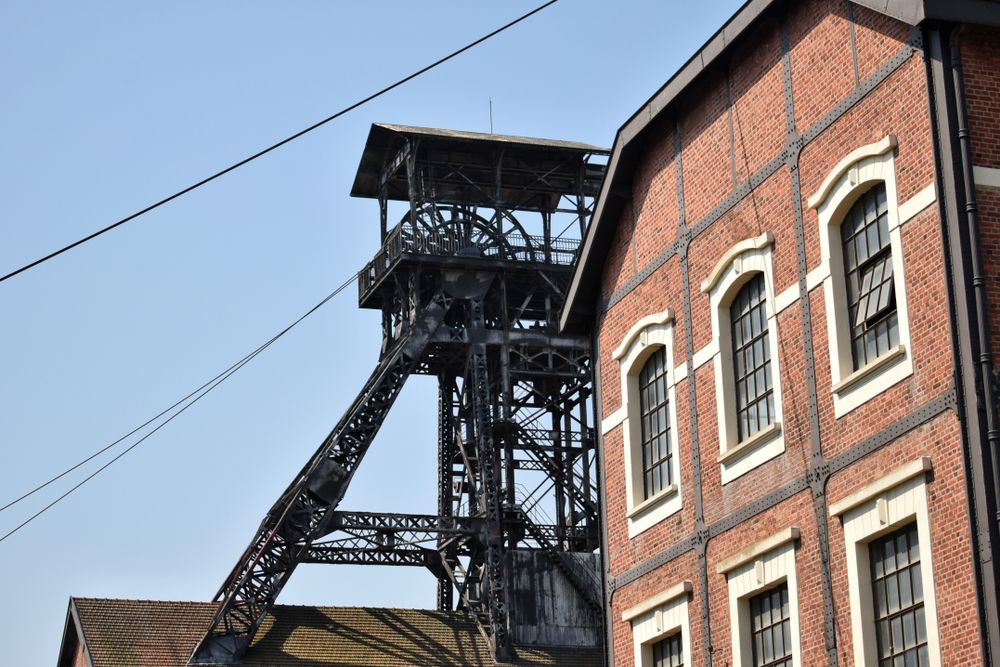 Oignies
Oignies
